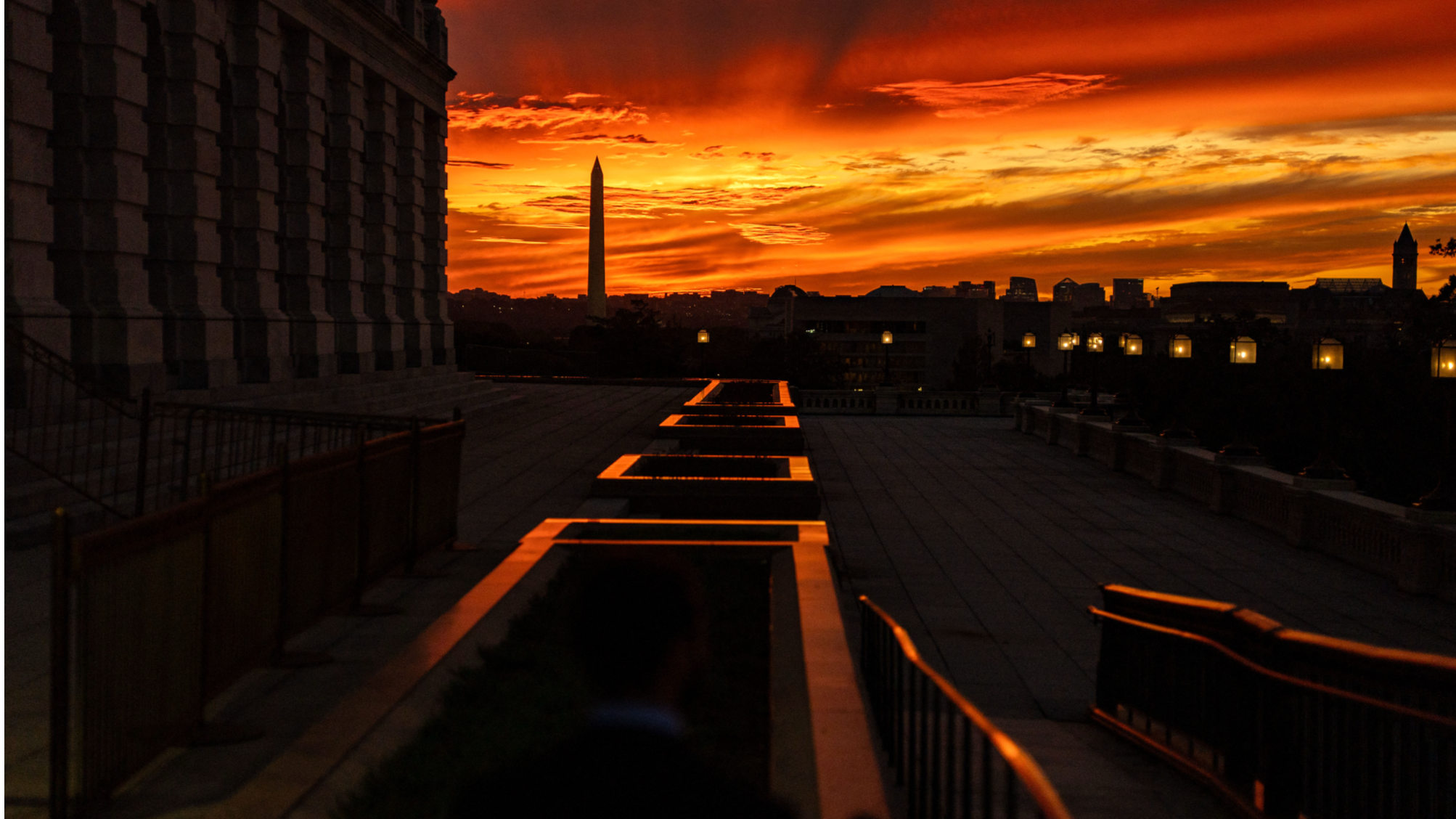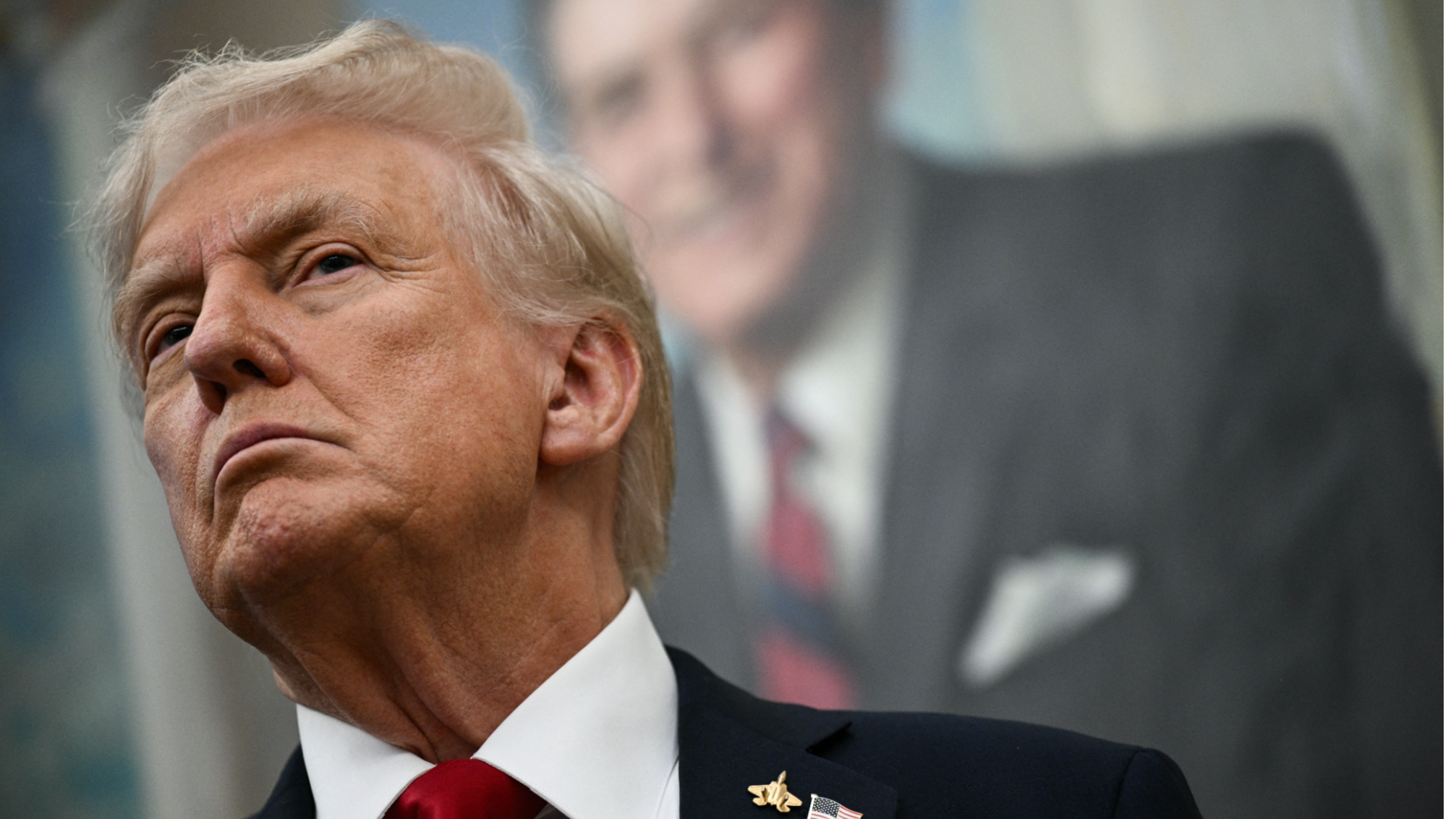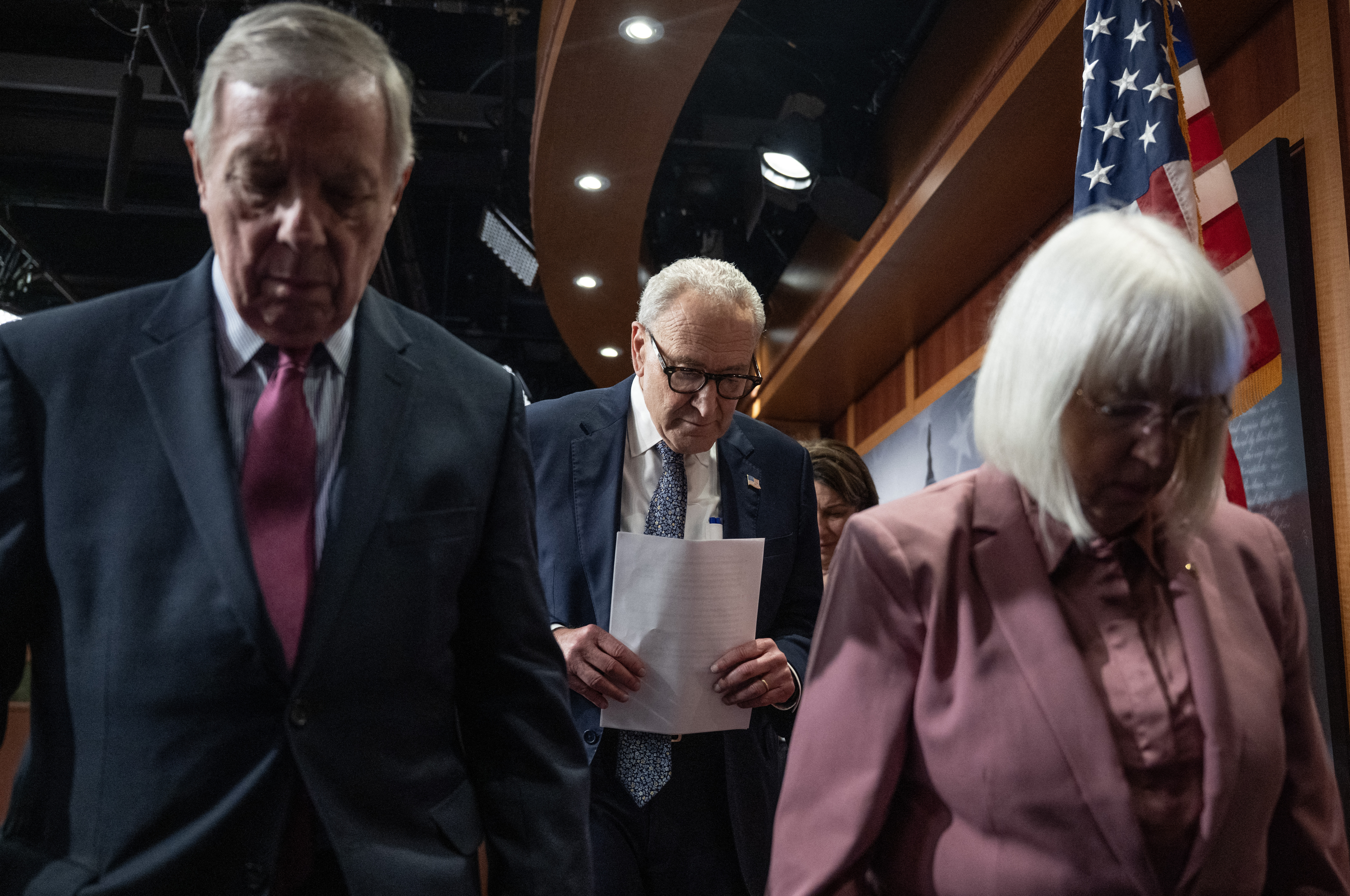
WASHINGTON - The US federal government entered a shutdown at the start of Wednesday as partisan divisions prevented Congress from passing a funding bill, which marks the first government shutdown in nearly seven years.
Hundreds of thousands of federal employees will be forced to take unpaid leave, with some public services potentially suspended or delayed, and the release of economic data possibly impacted as well.
The shutdown commenced hours after the US Senate failed to pass a short-term spending bill that would have temporarily kept the government running. The continuing resolution proposed by Senate Republicans was blocked by Democrats, falling short of the 60 votes required for passage.
ALSO READ: Vance says US 'headed to a shutdown' after meeting with Democrats
In the latest negotiations, healthcare benefits have been one of the core sticking points between the two parties. Democrats are demanding stronger healthcare-related benefits, including an extension of the enhanced subsidies for Affordable Care Act set to expire at the end of the year, as well as restoring the act's coverage eligibility for certain immigrants who are legally present, including refugees and asylum seekers.
Republicans, on the other hand, opposed these measures and have been pushing to temporarily maintain current government funding levels to allow more time for negotiations.
Republicans and Democrats continued to trade blame recently, accusing each other of forcing the government into a "shutdown."

US President Donald Trump told reporters at the White House on Tuesday afternoon that Democrats want to shut down the government, claiming that their insistence on providing free healthcare to undocumented immigrants has caused the negotiations to stall.
"The Democrats want to shut it down. So when you shut it down, you have to do layoffs. So we'd be laying off a lot of people that are going to be very affected. And they're going to be Democrats," Trump said.
While top Democrats in the House and the Senate blamed Trump and Republicans for the shutdown early Wednesday morning, they also voiced Democrats' readiness to make a deal to reopen the federal government.
ALSO READ: White House asks for mass firing plans ahead of possible government shutdown
Senate Minority Leader Chuck Schumer and House Minority Leader Hakeem Jeffries said in a joint statement on Wednesday that Democrats "remain ready to find a bipartisan path forward to reopen the government in a way that lowers costs and addresses the Republican healthcare crisis."
With the shutdown now in effect, federal employees deemed "excepted" -- those who work to protect life and property, such as FBI investigators and air traffic controllers -- have to stay on their jobs without pay. They will not receive their wages until Congress passes a funding bill and ends the government shutdown.
On the other hand, hundreds of thousands of federal workers will be forced into unpaid leave. The Congressional Budget Office estimated earlier that roughly 750,000 federal employees could be furloughed each day of a shutdown, with the total daily cost of their compensation at roughly $400 million.

Meanwhile, the shutdown will impact some public services. The Brookings Institution recently reported that a government shutdown can be disruptive, leading to delays in processing applications for passports, small business loans, or government benefits; shuttered visitor centers and bathrooms at national parks; fewer food-safety inspections; and other various inconveniences.
"Shutdowns don't save money, they waste money," Maya MacGuineas, president of the Committee for a Responsible Federal Budget, said in a statement.
"Under shutdowns, we pay federal workers not to work and rent buildings that aren't being used, all while requiring costly shutdown planning, inefficient allocation of government resources, and a reduction in the services available to the American people. We should avoid a shutdown and keep the government funded," MacGuineas said.
READ MORE: US House advances stopgap bill to avert government shutdown
The operating funds for the US federal government are intended to be allocated through annual budget appropriations. Congress from both parties is normally expected to pass new annual appropriations bills before the start of the new fiscal year on Oct 1. However, in recent years, intense partisan battles have often prevented timely agreement.
Over the past year, the federal government has faced multiple "shutdown" crises, with Congress passing short-term spending bills just hours before funds ran out in December 2024 and March 2025.
The most recent and longest federal government shutdown occurred from late 2018 to early 2019, during Trump's first term. Democrats opposed Trump's proposed funding for the US-Mexico border wall, and the two parties' disputes over immigration led to a 35-day shutdown, during which some 800,000 federal employees were forced to work without pay or take unpaid leave.


